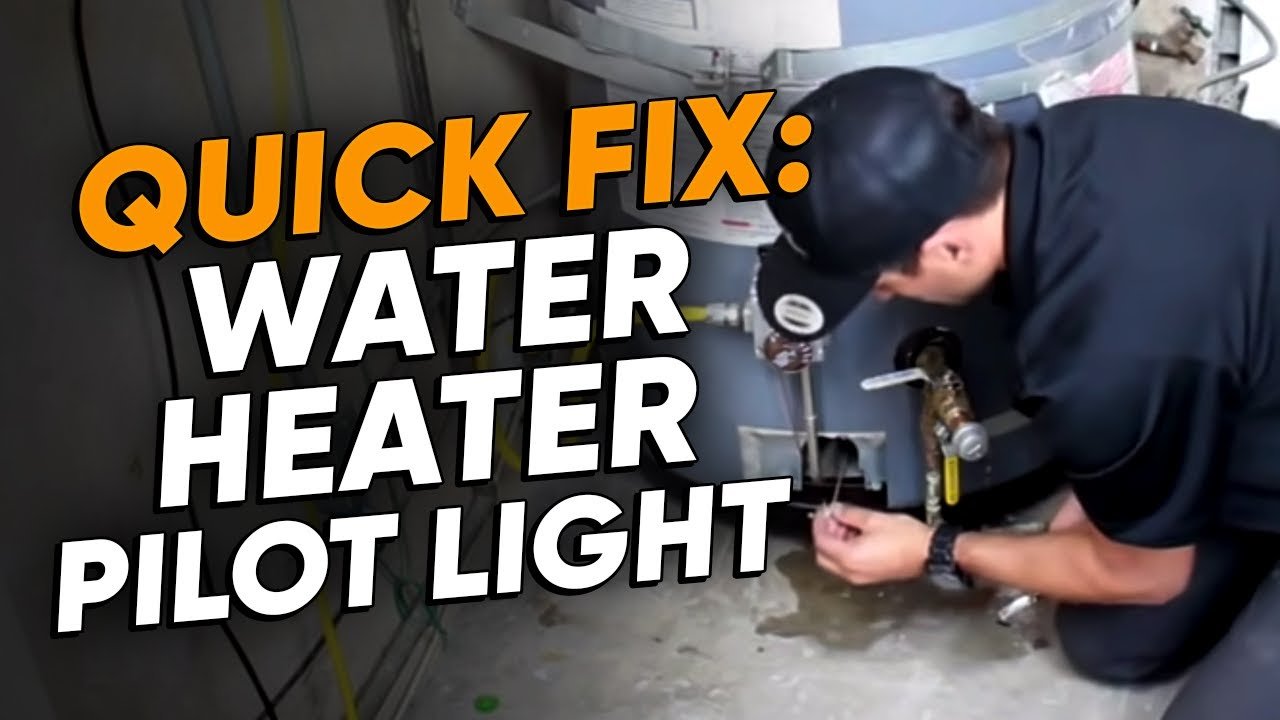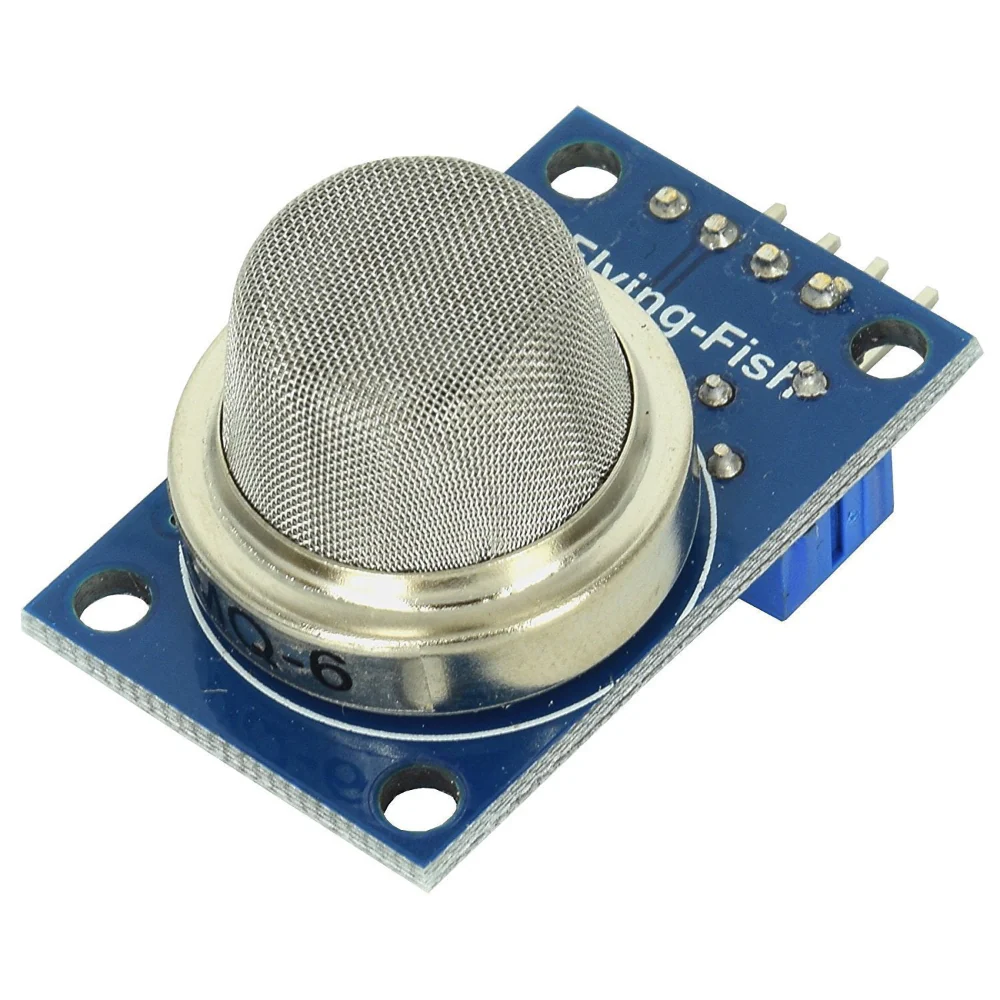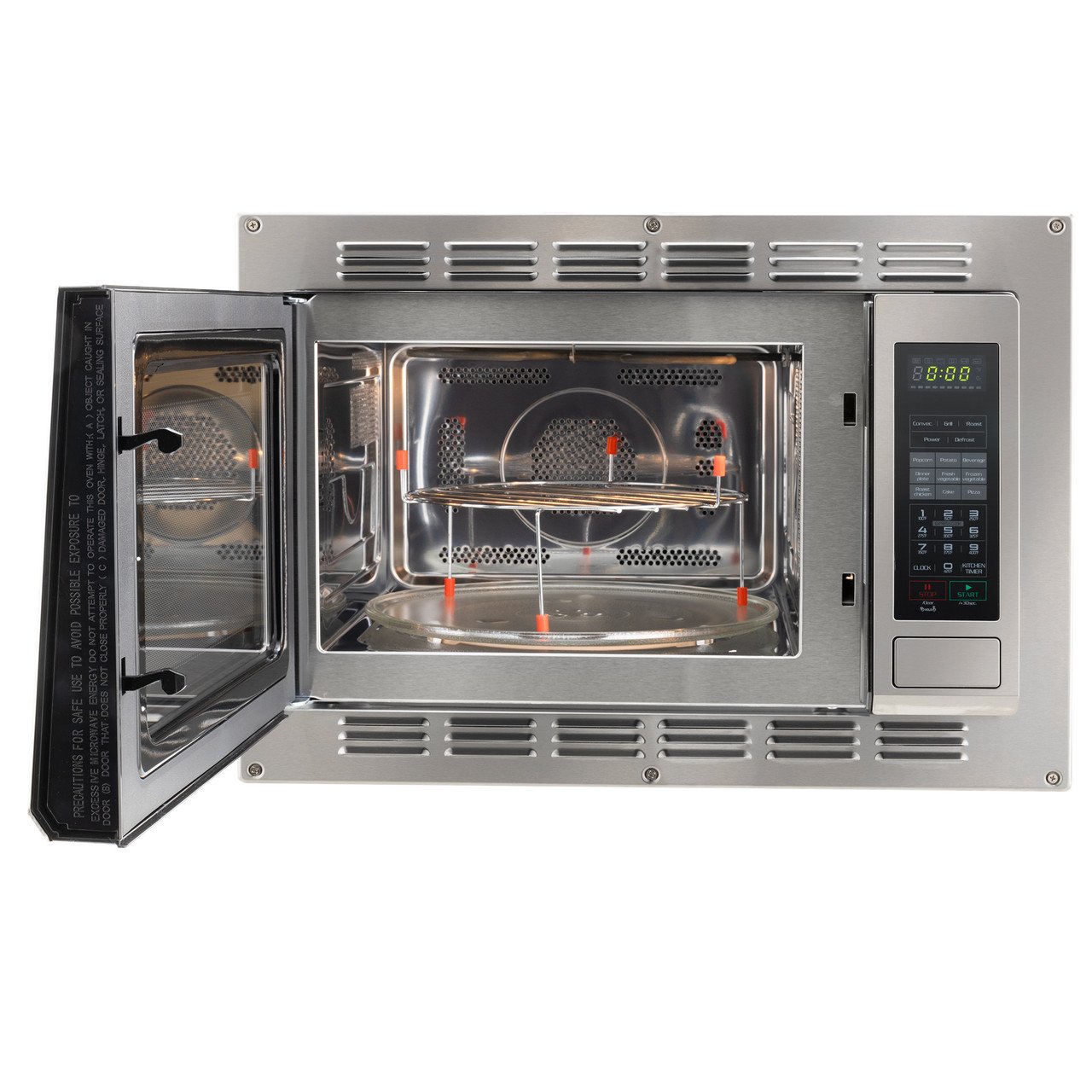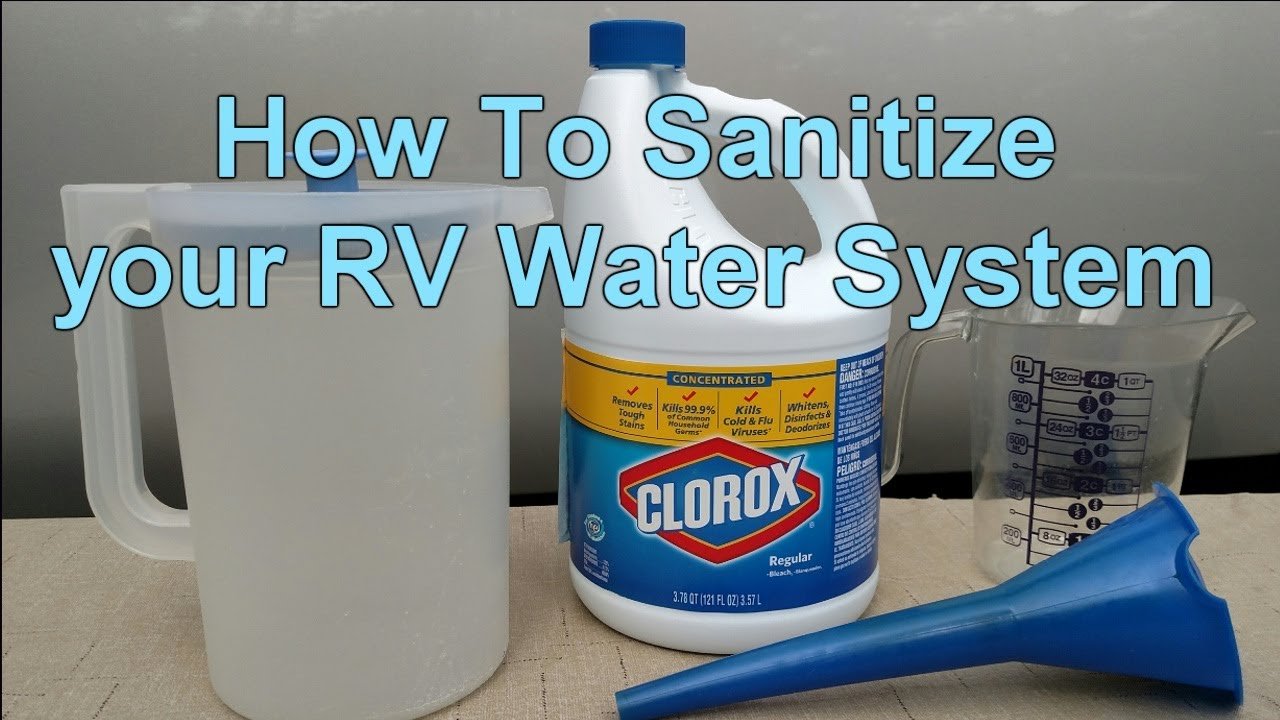If your RV water heater pilot light won’t stay lit, it can be frustrating. This issue can disrupt your travel plans and comfort.
Understanding why the pilot light won’t stay lit is crucial. The problem could stem from a variety of sources. Common causes include a faulty thermocouple, a blocked orifice, or low gas pressure. Knowing what might be wrong can help you fix it quickly.
This blog post will guide you through the potential reasons and solutions. With this knowledge, you can get your water heater working again. Keep reading to learn more about diagnosing and fixing this common RV problem.
Common Causes
Experiencing issues with your RV water heater pilot light can be frustrating. Understanding the common causes can help you troubleshoot and fix the problem. Let’s explore some of the typical reasons why your RV water heater pilot light won’t stay lit.
Gas Supply Issues
One of the main reasons the pilot light won’t stay lit is gas supply issues. Check if the gas valve is fully open. Make sure the gas tank isn’t empty. Inspect the gas lines for any kinks or blockages. A faulty gas regulator can also cause problems. It can restrict the flow of gas.
Pilot Assembly Problems
Another common cause is pilot assembly problems. Dirt or debris can clog the pilot tube. This restricts the gas flow to the pilot light. Clean the pilot tube carefully to remove any blockages. The thermocouple might also be faulty. A damaged thermocouple can’t sense the flame. It shuts off the gas supply. Ensure the thermocouple is positioned correctly. It should be in contact with the flame.

Credit: www.youtube.com
Safety Precautions
Having trouble with your RV water heater pilot light? It’s crucial to follow safety precautions before attempting any fixes. Safety should be your top priority to avoid accidents and injuries.
Turn Off Gas
Before doing anything, always turn off the gas supply. Locate the gas valve and switch it off. This prevents gas leaks and potential fires. Never skip this step.
Ensure the gas supply is completely off. Double-check to avoid any risks. If unsure, seek professional help.
Ventilation
Proper ventilation is essential when dealing with gas appliances. Open windows and doors to ventilate the area. This helps dissipate any accumulated gas fumes.
Working in a well-ventilated area reduces the risk of inhaling harmful gases. It also helps prevent gas buildup, which can be dangerous.
Use fans if necessary to improve air circulation. Never work in a confined space with poor ventilation.
Inspecting The Pilot Light
The pilot light in an RV water heater can sometimes fail to stay lit. This problem can be frustrating. Inspecting the pilot light is the first step towards solving this issue.
Visual Inspection
First, ensure the area is safe. Turn off the gas supply. Next, locate the pilot light assembly. This is usually near the bottom of the water heater. Look closely at the pilot light and its surroundings. Check for any obvious damage or debris. Ensure the pilot light orifice is clear and not blocked. A blocked orifice can prevent the pilot light from staying lit.
Cleaning The Pilot Light
If the pilot light looks dirty, it may need cleaning. Turn off the gas supply and allow the area to cool. Use a soft brush to remove any dust or debris. For stubborn dirt, use a can of compressed air. Spray gently to avoid damaging the components. Ensure the pilot light orifice is clean and free of blockages. This step can often solve the problem of a pilot light that won’t stay lit.
Thermocouple Function
A malfunctioning thermocouple can cause an RV water heater pilot light to go out. This part senses heat and signals the gas valve.
The thermocouple in your RV water heater is crucial. It senses the pilot light’s heat. If it doesn’t detect heat, it shuts the gas valve. This prevents gas buildup, which could be dangerous. A faulty thermocouple can cause the pilot light to go out. This might be why your RV water heater pilot light won’t stay lit. Understanding how the thermocouple works can help you fix the problem.
Testing The Thermocouple
You need a multimeter to test the thermocouple. First, turn off the gas supply. Let the thermocouple cool down. Next, disconnect the thermocouple from the gas valve. Set your multimeter to millivolts. Connect the multimeter to the thermocouple. Light the pilot light. The thermocouple should generate a voltage reading. A good thermocouple reads between 25 and 30 millivolts. If the reading is lower, the thermocouple might be faulty.
Replacing The Thermocouple
Replacing the thermocouple is simple. Turn off the gas supply first. Let the thermocouple cool down. Remove the old thermocouple from the gas valve. Note how it is positioned. Install the new thermocouple in the same position. Tighten the fittings securely. Turn the gas supply back on. Light the pilot light. The new thermocouple should keep the pilot light steady. If it doesn’t, another issue might be at play. “`
Gas Control Valve
The gas control valve plays a vital role in your RV water heater. It regulates the gas flow to the pilot light and burner. If your pilot light won’t stay lit, the valve might be the problem. Addressing this issue involves checking and adjusting the valve. Properly functioning gas control valves are essential for maintaining a steady pilot light and ensuring your water heater works efficiently.
Checking Valve Operation
First, ensure the gas supply is turned on. Then, locate the gas control valve. It is usually near the bottom of the water heater. Observe the valve for any signs of damage or wear. Next, turn the valve to the “Pilot” position. Hold it down and try to light the pilot. If the pilot lights but goes out after releasing the valve, the valve might be faulty. Consider replacing it.
Adjusting The Valve
If the valve appears fine, but the pilot light still won’t stay lit, try adjusting it. Turn the valve to the “Off” position and wait five minutes. Then, turn the valve to the “Pilot” position. Adjust the knob slightly to increase the gas flow. Light the pilot again and observe the flame. It should be steady and blue. If adjusting the valve doesn’t help, consult a professional.
Credit: www.reddit.com
Burner And Burner Orifice
If your RV water heater pilot light won’t stay lit, the problem might be with the burner or burner orifice. Both parts play a crucial role in maintaining a steady flame. A dirty burner or clogged orifice can cause the pilot light to go out frequently.
Cleaning The Burner
Over time, dirt and debris can accumulate on the burner. This can block the flow of gas and cause the pilot light to go out. Regular cleaning helps maintain a consistent flame.
Follow these steps to clean the burner:
- Turn off the gas supply to your RV water heater.
- Remove the burner assembly carefully.
- Use a soft brush to clean the burner. Make sure to remove all dirt and debris.
- Check the burner ports for any clogs and clean them if necessary.
- Reinstall the burner assembly and turn on the gas supply.
Remember, safety first. Always ensure the gas is off before starting any cleaning process.
Inspecting The Orifice
The burner orifice controls the gas flow to the burner. A clogged orifice can restrict gas flow and affect the pilot light.
Here’s how you can inspect the orifice:
- Turn off the gas supply to the RV water heater.
- Remove the burner assembly to access the orifice.
- Check the orifice for any blockages. Use a small wire or needle to clear any debris.
- Be gentle to avoid damaging the orifice.
- Reinstall the burner assembly and turn on the gas supply.
A clean orifice ensures a steady gas flow, helping the pilot light stay lit.
Regular maintenance of the burner and orifice can prevent many common issues. Keep your RV water heater running smoothly by following these tips.
Electrical Connections
Your RV water heater pilot light might not stay lit due to poor electrical connections. Ensuring proper connections helps maintain a steady pilot light. Let’s explore how to inspect and secure the electrical wiring.
Inspecting Wiring
First, check the wiring of your water heater. Look for any visible damage. If you see frayed wires, replace them. Use a multimeter to test the continuity. This ensures the wires are functioning correctly.
Follow these steps to inspect the wiring:
- Turn off the power to the water heater.
- Remove the cover plate to access the wiring.
- Visually inspect all wires for damage.
- Use a multimeter to test each wire.
Make sure all wires are intact and free from corrosion. Corroded wires can cause the pilot light to fail.
Securing Loose Connections
Loose connections can also cause the pilot light to go out. Tighten any loose connections you find. Use a screwdriver to secure the terminals.
Here’s how to secure loose connections:
- Identify any loose wires.
- Use a screwdriver to tighten the terminal screws.
- Ensure all connections are snug and secure.
Once all connections are tight, test the water heater again. A steady pilot light indicates successful troubleshooting.
Remember, always ensure the power is off before working on electrical connections. Safety first!

Credit: www.cardiangra.com
Professional Help
When your RV water heater pilot light won’t stay lit, it can be frustrating. While some problems are easy to fix, others need professional help. Knowing when to call a technician can save time and prevent further damage.
When To Call A Technician
There are certain situations where a technician is necessary. If you notice any of the following issues, it might be time to call a professional:
- The pilot light goes out repeatedly
- You smell gas around the heater
- There is visible damage to the heater
- The heater is not producing hot water at all
These problems may be too complex for a DIY fix. A technician will have the tools and knowledge needed to solve them safely.
Finding A Reliable Service
Finding a reliable service can feel overwhelming. Here are some tips to help you choose the right technician:
- Read reviews: Look for customer feedback online.
- Check credentials: Make sure the technician is licensed and insured.
- Ask for recommendations: Friends or family might know a good service.
- Get quotes: Compare prices from different services.
Choosing a reliable service ensures the job is done right. It also provides peace of mind.
A professional technician can diagnose and fix your RV water heater issues. They ensure it works efficiently and safely.
Frequently Asked Questions
Why Won’t My Rv Water Heater Pilot Light Stay Lit?
The pilot light often won’t stay lit due to thermocouple issues. It could be dirty or malfunctioning. Clean or replace it.
How Do I Fix My Rv Water Heater Pilot Light?
First, ensure the thermocouple is clean. If it’s still not working, consider replacing the thermocouple.
What Causes A Pilot Light To Go Out?
Common causes include a faulty thermocouple, dirty pilot tube, or low gas pressure. Inspect and address these issues.
How Often Should I Maintain My Rv Water Heater?
Regular maintenance should be performed annually. This ensures efficient operation and prevents common issues like pilot light problems.
Conclusion
Fixing an RV water heater pilot light can be straightforward. Begin by checking the basics: gas supply and connections. Clean the pilot tube to ensure proper gas flow. Replace faulty thermocouples if needed. Regular maintenance prevents future issues. Always follow safety guidelines when working with gas appliances.
By addressing these common problems, you can enjoy hot water on the go. Reliable hot water is essential for comfortable RV living. Stay proactive and keep your water heater in top shape. Happy travels!

